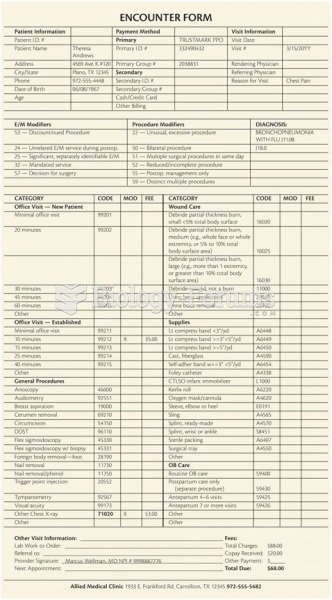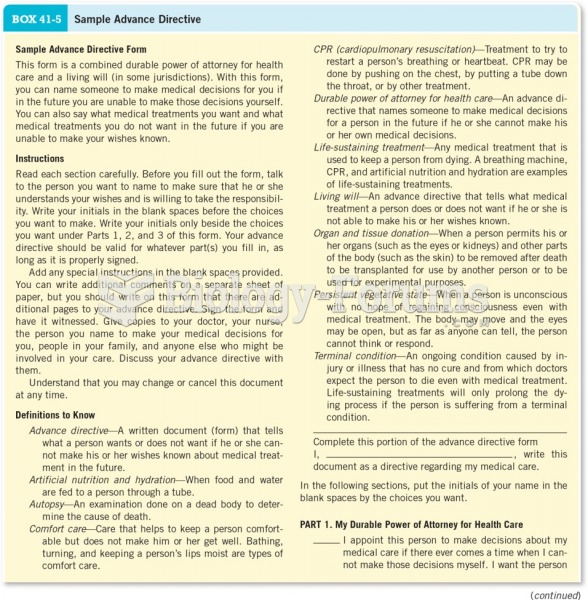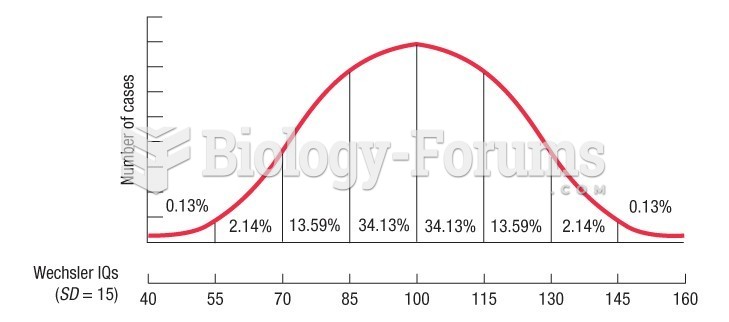Question 1
A quantitative data set of size 100 has mean 20 and standard deviation 3. At least how many observations lie between 11 and 29?
◦ At least 89
◦ At least 100
◦ At least 95
◦ At least 75
Question 2
Consider the following sample of exam scores, arranged in increasing order:
22 35 44 55 67 70
78 81 81 82 84 88
88 89 90 90 91 92
92 93 93 94 94 95
95 96 96 97 99 100
Note:

= 82.4 and s = 19.5
(i) Use Chebychev's rule to obtain a lower bound on the percentage of observations that lie within 2 standard deviations to either side of the mean.
(ii) Use the data to obtain the exact percentage of observations that lie within
standard deviations to either side of the mean. Compare this answer with part (i).
◦ (i) Chebychev's rules says that 75% of the data values will lie between 82.4 - 2(19.5) and  or between 43.4 and 121.4;
or between 43.4 and 121.4;
(ii) 28 of the thirty observations (93%) lie within the interval 43.4 to 121.4. "At least 75%" means 75% or more, and 93% is more than 75%, so Chebychev's rule does apply to these data.
◦ (i) Chebychev's rules says that 75% of the data values will lie between 82.4 - 2(19.5) and  or between 40.4 and 123.4;
or between 40.4 and 123.4;
(ii) 27 of the thirty observations (90%) lie within the interval 40.4 to 123.4. "At least 75%" means 75% or more, and 90% is more than 75%, so Chebychev's rule does apply to these data.
◦ (i) Chebychev's rules says that 75% of the data values will lie between 82.4 - 2(19.5) and  or between 53.4 and 116.4;
or between 53.4 and 116.4;
(ii) 28 of the thirty observations (93%) lie within the interval 53.4 to 116.4. "At least 75%" means 75% or more, and 93% is more than 75%, so Chebychev's rule does apply to these data.
◦ (i) Chebychev's rules says that 75% of the data values will lie between 82.4 - 2(19.5) and  or between 43.4 and 121.4;
or between 43.4 and 121.4;
(ii) 26 of the thirty observations (87%) lie within the interval 43.4 to 121.4. "At least 75%" means 75% or more, and 87% is more than 75%, so Chebychev's rule does apply to these data.







